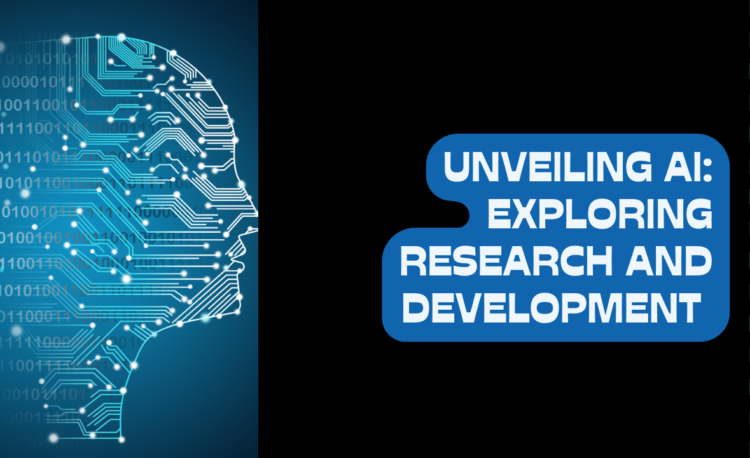In the rapidly evolving landscape of technology, Artificial Intelligence (AI) stands at the forefront, driving innovation across various industries. From healthcare to finance, AI’s impact is profound and transformative. This comprehensive guide delves into AI Research and Development (R&D), exploring current trends, methodologies, and practical applications.
Understanding AI Research and Development
AI R&D encompasses a broad spectrum of activities aimed at advancing AI capabilities and applications. It involves:
Current Trends in AI Research
AI research is dynamic, with new trends emerging regularly. Some of the current trends shaping AI R&D include:
- Reinforcement Learning: Teaching AI agents to make decisions through trial and error, leading to breakthroughs in robotics and autonomous systems.
- Explainable AI (XAI): Making AI systems transparent and understandable, crucial for building trust and accountability.
- Ethics and Bias in AI: Addressing ethical implications and biases in AI algorithms to ensure fairness and inclusivity.
- Transfer Learning and Few-Shot Learning: Techniques to enhance AI’s ability to learn from limited data, enabling faster deployment in real-world scenarios.
- AI in Healthcare: Revolutionizing medical diagnostics, personalized treatment plans, and drug discovery through AI-driven innovations.
- Natural Language Processing (NLP): Advancements in language understanding and generation, powering virtual assistants and language translation services.
Conducting AI Research
Conducting original AI research requires a structured approach:
- Identifying Research Problems: Defining clear objectives and identifying gaps in existing knowledge.
- Literature Review: Reviewing relevant studies and methodologies to inform research design.
- Hypothesis Formulation: Crafting testable hypotheses to guide experiments and data analysis.
- Methodology: Choosing appropriate tools, datasets, and algorithms for data collection and analysis.
- Experimentation and Analysis: Conducting experiments, analyzing results, and drawing meaningful conclusions.
- Publication and Collaboration: Sharing findings through research papers, conferences, and collaborations to contribute to the AI community.
Practical Applications and Projects
Hands-On AI Projects
Engaging in hands-on AI projects provides invaluable experience and insights into real-world applications:
- Image Recognition: Using convolutional neural networks (CNNs) for image classification tasks.
- Natural Language Understanding: Developing chatbots and sentiment analysis tools using NLP techniques.
- Predictive Analytics: Using machine learning models for predictive maintenance and forecasting.
Writing for AI Research
Writing and Publishing AI Research
Effective communication of AI research findings is crucial:
- Structure of Research Papers: Organizing papers with clear sections (abstract, introduction, methodology, results, discussion, conclusion).
- Writing Style: Using concise language, technical terminology, and visual aids (tables, graphs) to enhance understanding.
- Publication Strategies: Choosing reputable journals and conferences for publication, considering impact factors and audience reach.
SEO Optimization for AI Content
SEO Strategies for AI Blogs
To optimize AI-related content for search engines:
- Keyword Research: Identify relevant keywords (e.g., AI research, machine learning trends) using tools like Google Keyword Planner.
- Content Structure: Organize content with headers (H1, H2, H3) and bullet points for readability and SEO.
- Internal and External Links: Include links to authoritative sources and related content to improve SEO rankings.
- Meta Descriptions and Alt Text: Write compelling meta descriptions and use descriptive alt text for images to enhance accessibility and SEO.
Conclusion
AI Research and Development is a dynamic field with immense potential for innovation and growth. By staying informed about current trends, conducting rigorous research, and effectively communicating findings, individuals and organizations can harness the power of AI to drive meaningful impact across industries.
Whether you’re a researcher, student, or tech enthusiast, this guide equips you with the knowledge and tools to navigate the evolving landscape of AI R&D. Embrace the future of technology with AI, and unlock new possibilities in innovation and discovery.

